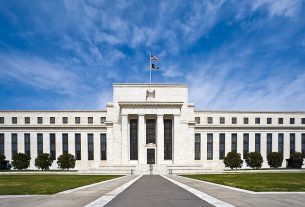Japan’s Government Pension Investment Fund (GPIF), the world’s largest public pension fund with assets totaling ¥258.7 trillion (approximately $1.8 trillion), is under increasing pressure to enhance its domestic private equity (PE) and venture capital (VC) investments. Currently, alternative assets, including PE, account for only about 1.6% of GPIF’s portfolio, well below its 5% allocation cap (Reuters).
Government Push for Increased Domestic Investment
A group of lawmakers from Japan’s ruling Liberal Democratic Party has urged GPIF to increase its investments in domestic PE and VC sectors. The initiative aims to strengthen Japan’s private asset investment sector and ensure that profits from corporate restructuring remain within the country, rather than flowing to foreign investors like U.S. and Canadian pension funds through global private equity firms such as KKR and Bain Capital (Reuters).
Current Investment Landscape
Despite the push for increased domestic investment, foreign investors have been active in Japan’s PE market. For instance, U.S. private equity firm KKR and Japanese state-backed fund Japan Investment Corp (JIC) acquired Japanese medical equipment manufacturer Topcon for $2.31 billion, marking the first collaboration between JIC and a global private equity entity (Reuters).
Implications and Outlook
If GPIF increases its allocation to domestic PE and VC, it could significantly impact Japan’s financial landscape. The move would not only bolster the domestic investment sector but also potentially lead to higher returns for the pension fund, which has been under pressure to seek higher returns amid low domestic bond yields. However, the success of this initiative will depend on various factors, including regulatory adjustments and the ability to identify viable domestic investment opportunities.
For more detailed insights, refer to the original articles:



